When writing about pittas, even the normally rather reserved HBW sounds more like to a teenage Taylor Swift fan than a neutral scientist:
“Elusive jewels of Asian forests, these striking passerines are adorned in some of the purest colors of any bird …”
… which is immediately followed by the warning “… yet their shyness makes them invisible to all but the most determined, or luckiest, observer.”
In South Vietnam (at Cat Tien, Dilinh, Tan Phu, and Dalat, to be precise), strategically placed bird blinds assist those birders who do not want to rely solely on their luck or persistence. And so, I managed to see three of the four pitta species possible in this area. And as I had just seen the Rusty-naped Pitta in Yunnan a few months earlier, it was not a great loss for me either.
Both Cat Tien and Tan Phu have the striking Bar-bellied Pitta.
The male is a bit more into blue while the female prefers orange.
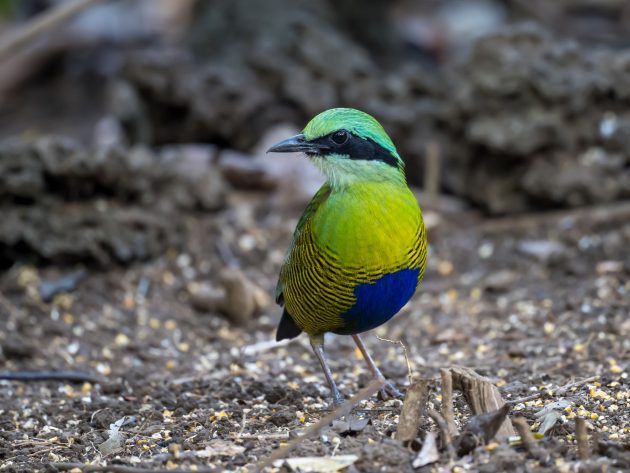
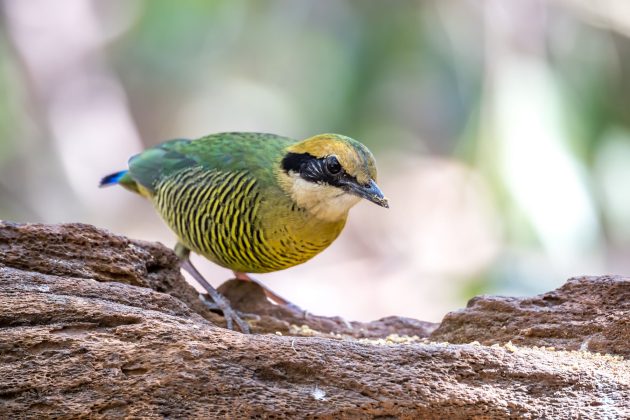
Its scientific name Hydrornis elliotii refers to Daniel Giraud Elliot (1835-1915), a US ornithologist and a bit of a traitor, if his obituary is to be believed:
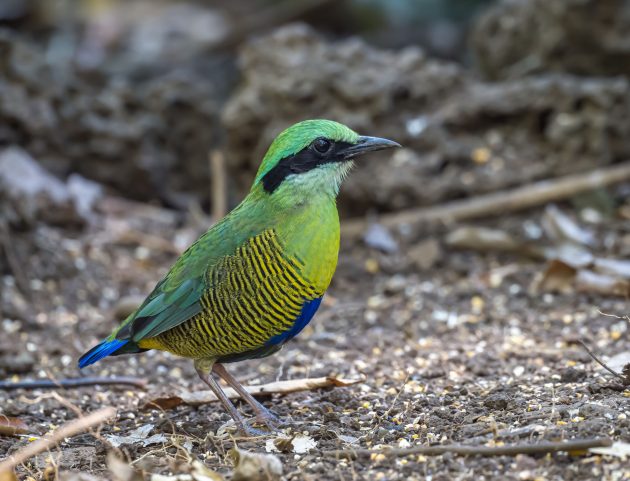
“His primary interest for many years was ornithological … during the last 20 years he devoted his time to the study of mammals, which became almost exclusively the subject of his researches”.
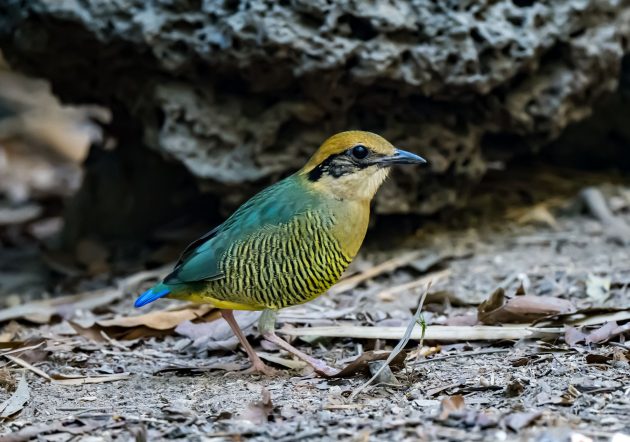
The breeding biology of this and the next pitta are covered in a downloadable poster which unfortunately is almost as colorfully designed as the pittas themselves.
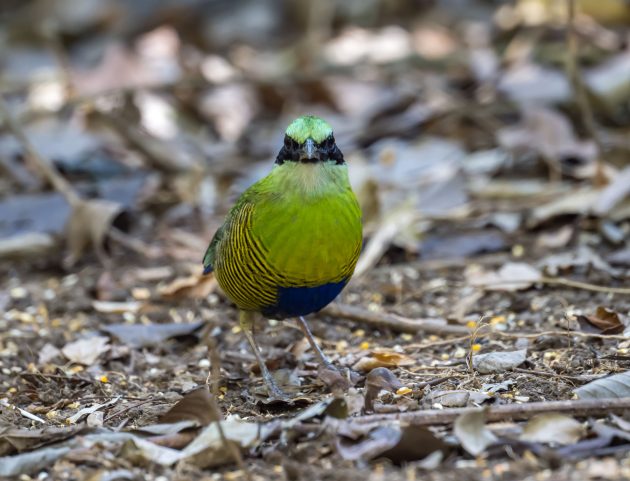
Apart from the design of the poster, the content is also somewhat depressing – only 2 out of 30 pitta nests were found to be successful.
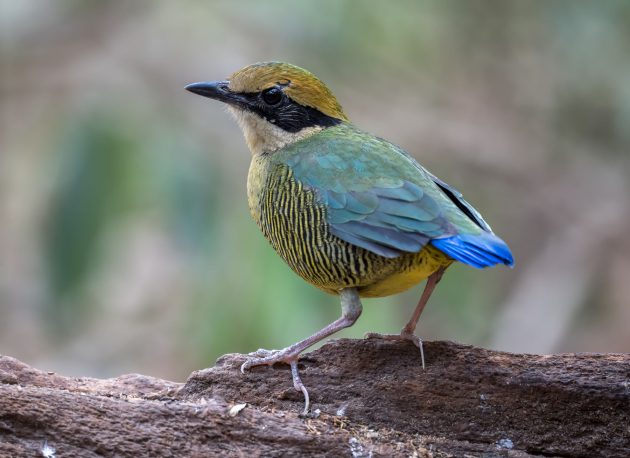
And apart from reptiles, mammals were the main predators – which reflects badly on Mr. Elliot, of course.
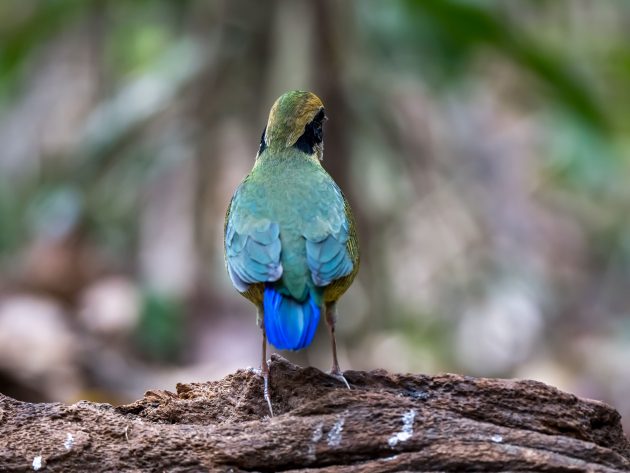
Outside of a blog post on pittas, nobody would call the Blue-rumped Pitta modest-looking, but according to an old Chinese proverb that I just made up, “Among the three-eyed, a two-eyed is regarded as blind”.
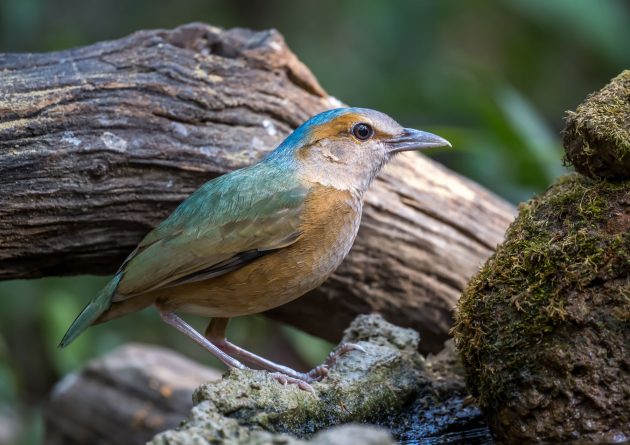
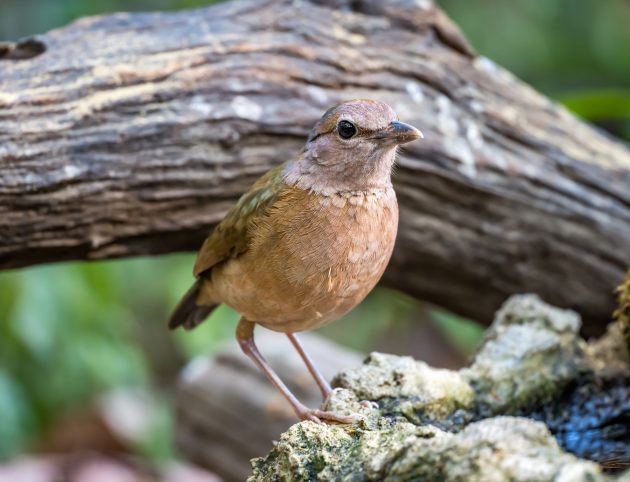
The blue nape of the male is far brighter than in the subspecies found in Yunnan. Point for Vietnam.
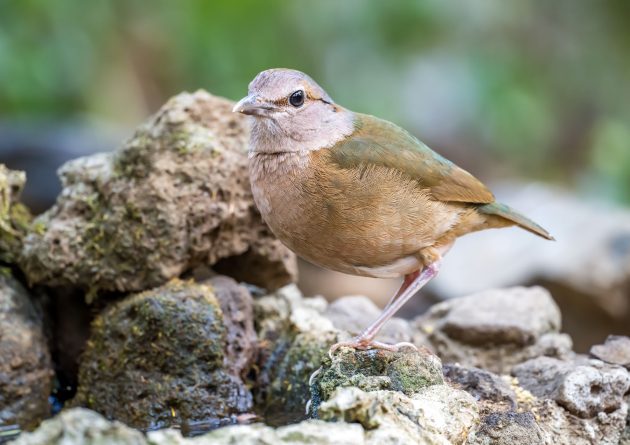
Whoever gave this pitta its name does not deserve any award for creativity – the soror in the name Hydrornis soror means sister, or figuratively “closely related, allied, similar, smaller”.
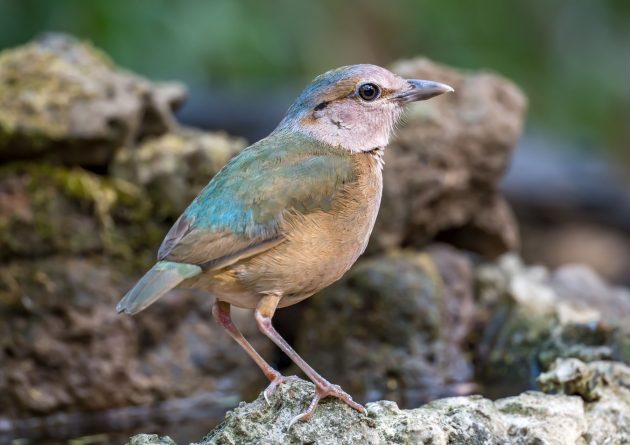
Similar to what?
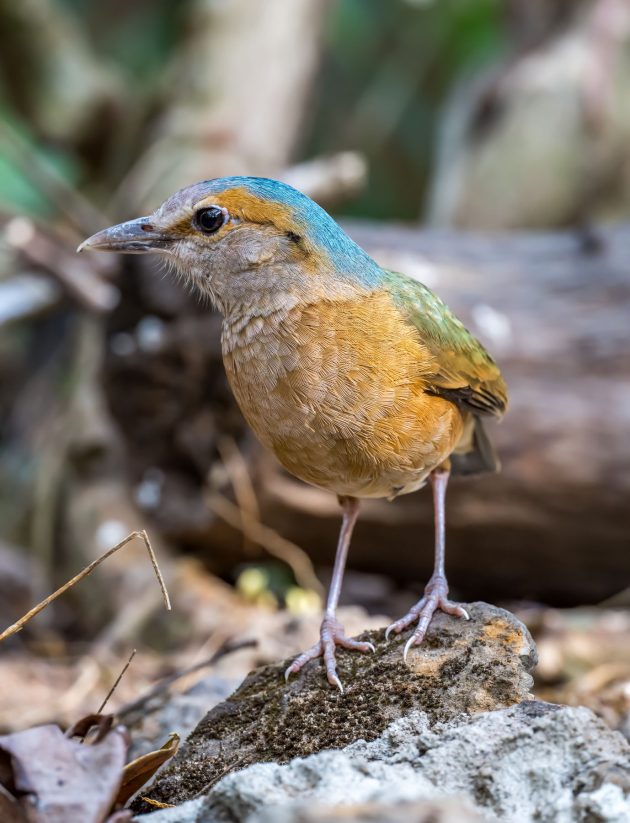
According to the HBW, this pitta feeds on snails and uses rocks and stones as anvils to smash their shells.
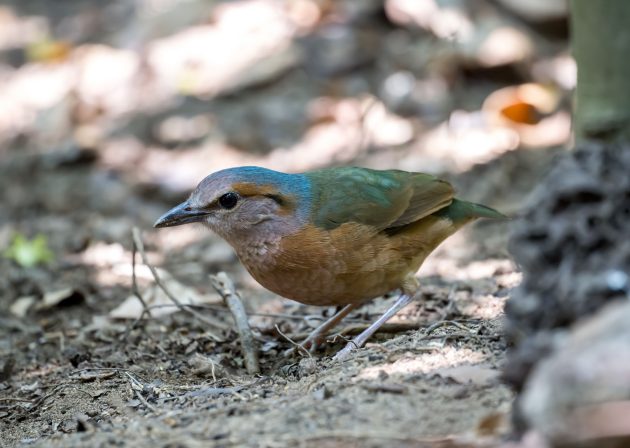
The HBW entry also has the encouraging statement “Not known to be hunted by local people for food or regularly caught for cagebird trade” – it is listed as Least Concern.
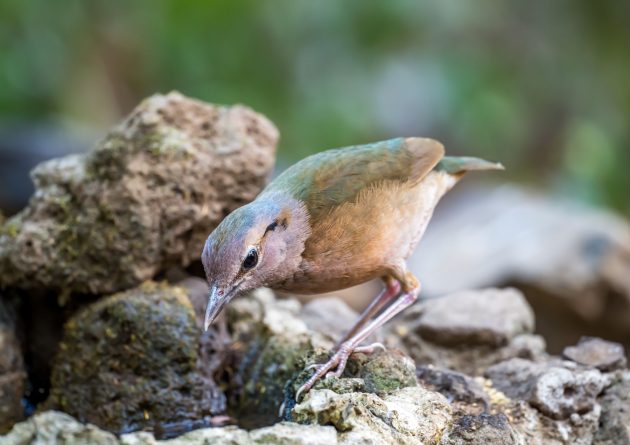
The male Blue Pitta is much more intensely blue than the female.
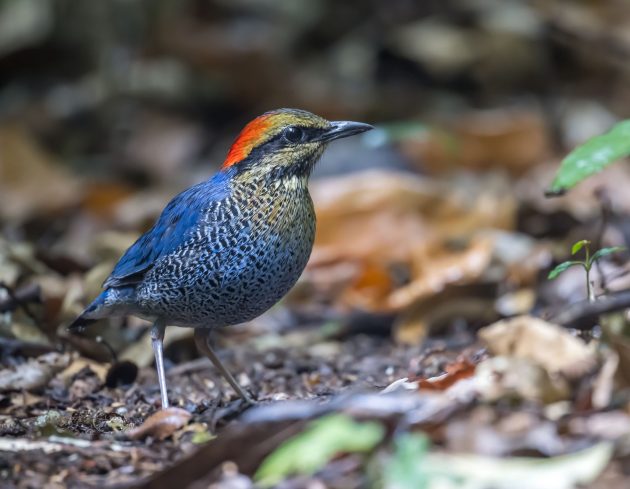
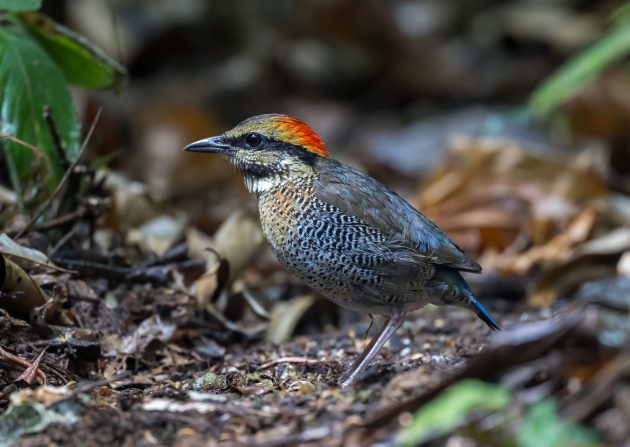
Or to quote eBird: “Only the male of this rotund ground-dweller is truly blue; the female only has a hint of blue on the rump and tail”
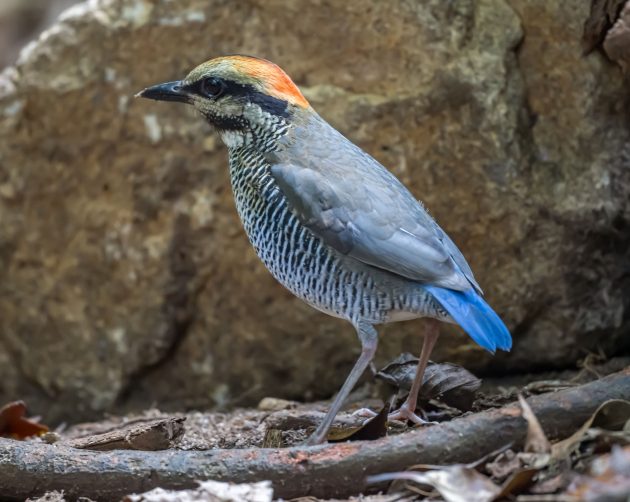
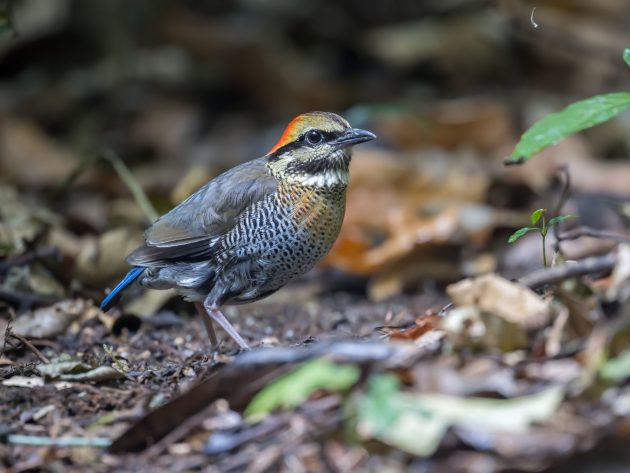
I like the way this and other pittas dig in the soil to look for food, like thrushes, and with the same attitude that combines both energy and contempt. If you were as beautiful as this male, you would feel the same about having to dig for food.
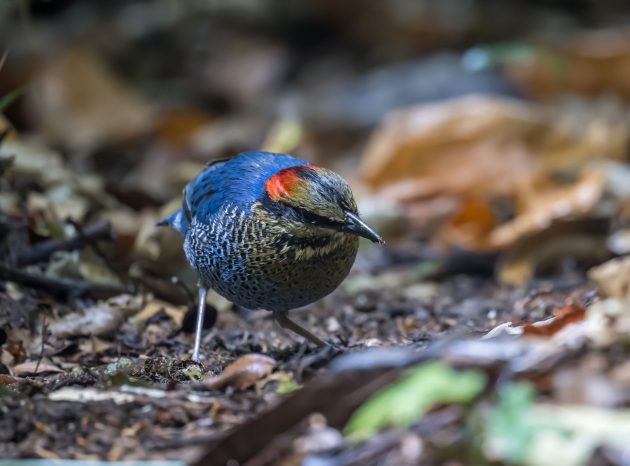
Fortunately, like the other two pittas described in this post, the Blue Pitta is also listed as Least Concern.
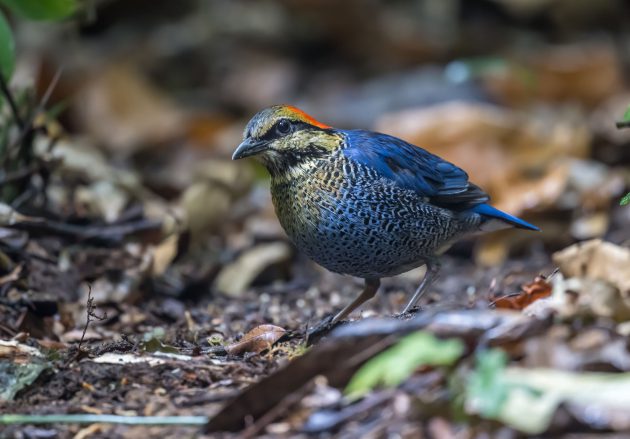
Source link
Facebook
Pinterest
Twitter
LinkedIn

